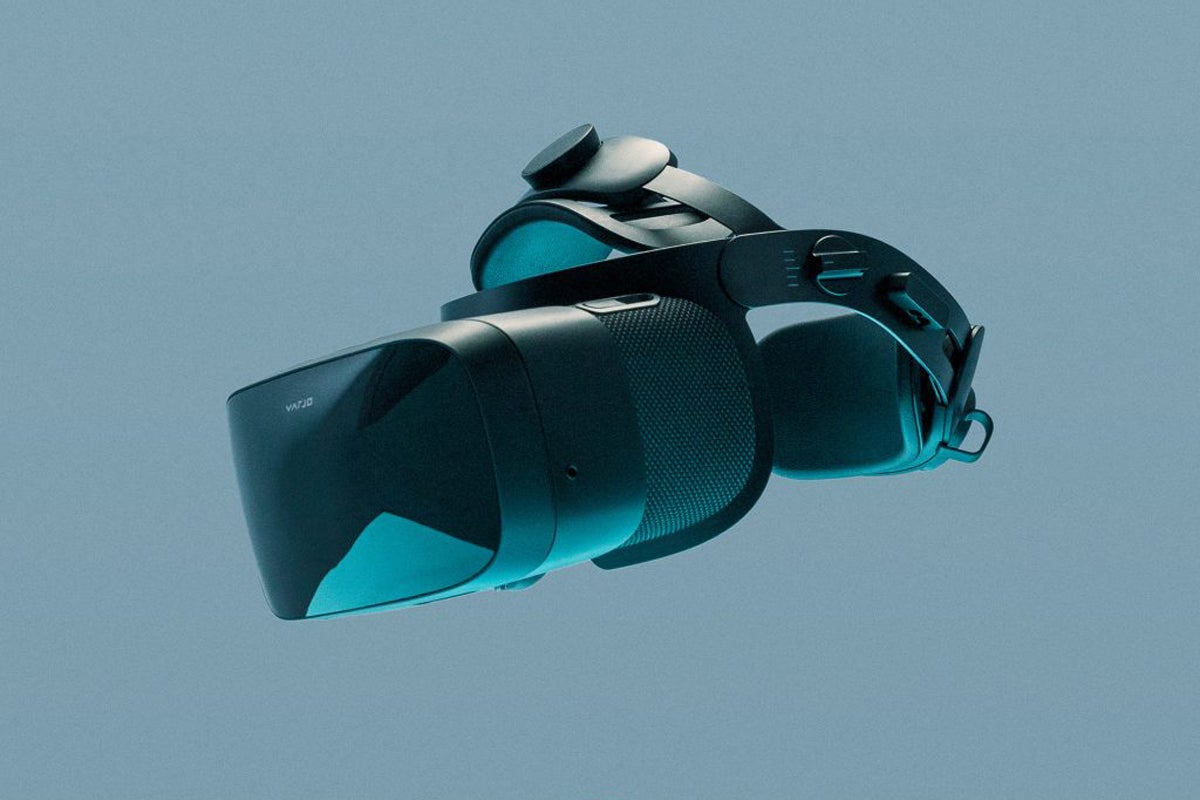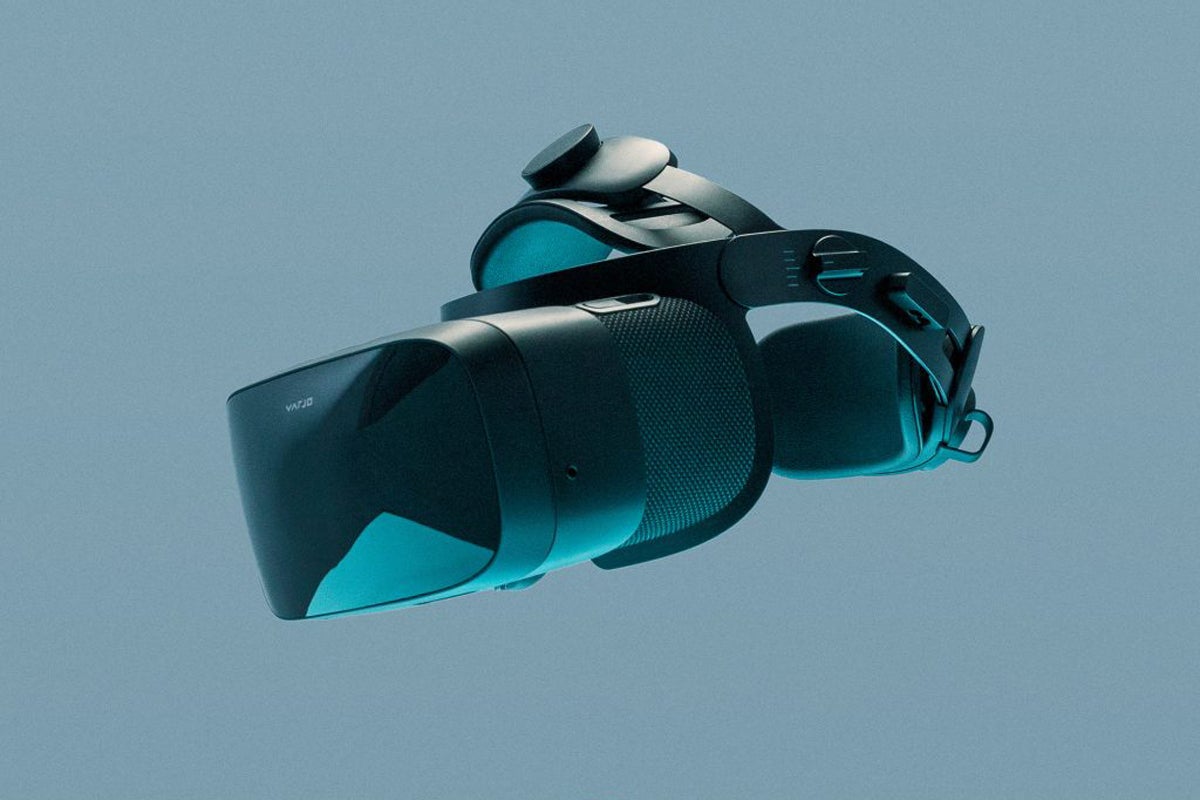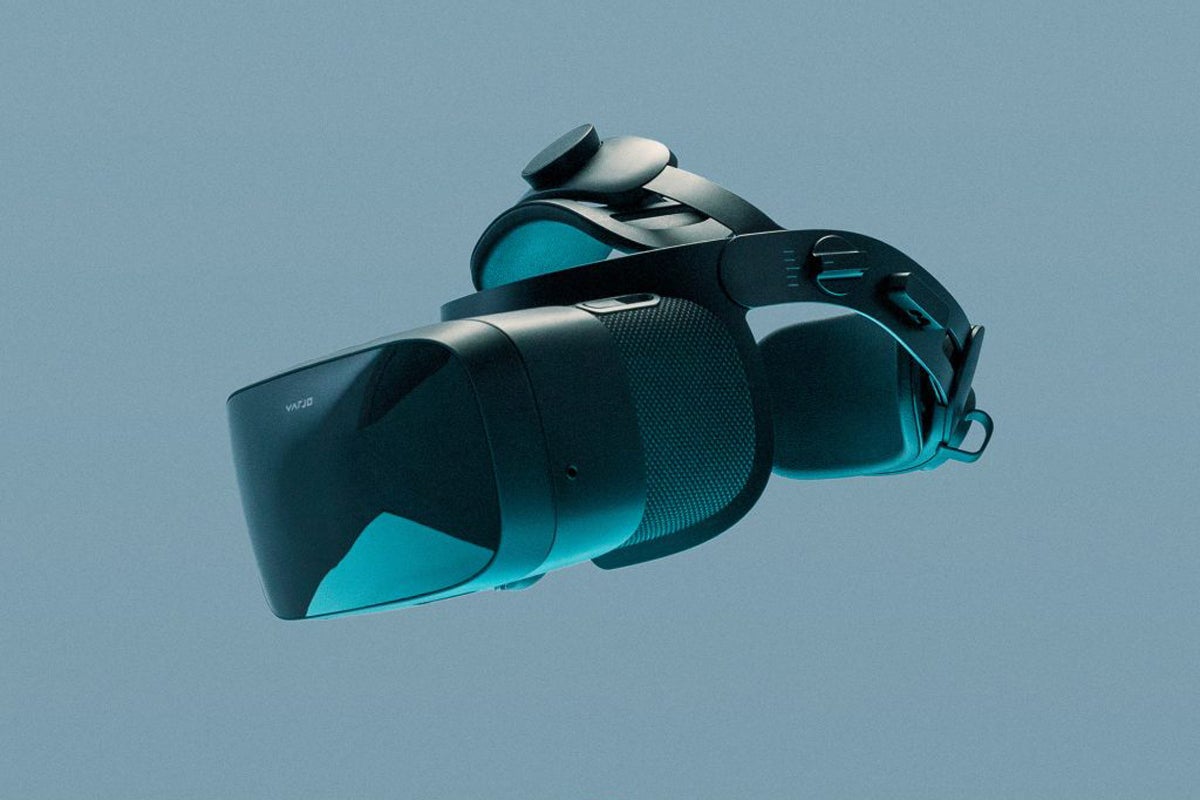
I receive many collaboration products to test. Most of them are videoconferencing systems that allow people to attend meetings remotely. It often seems that the people who create such products collaborate and yet still don’t realize that most collaboration doesn’t occur during formal meetings. Instead, it occurs when people get together in different-sized groups around the project on which they are collaborating. To collaborate on a project, you need some way to bring the project into the gathering.
Meetings are often a sequence of people presenting slides to the rest of the room. Most of my collaborations have been relatively small and often occurred in my or someone else’s office, and more recently, in my or someone else’s home. I’ve found that the larger the group, the more likely it will be a sequential sharing of knowledge and not true collaboration.
In meetings, certain people tend to dominate the conversation, which isn’t collaboration. Even in brainstorming sessions, which should be collaborative, you have to tell the room not to attack the ideas but discuss them.
When I was first introduced to the Microsoft HoloLens augmented-reality smartglasses (disclosure: Microsoft is a client of the author), it was in a collaborative framework where scientists from Lawrence Livermore Labs were collectively exploring a virtual rendering of Mars. Small groups were working to increase the knowledge for the whole project. That was collaboration.
You can bring a project into a typical videoconference with a digital whiteboard, waldo scanner, or free-floating camera. But, whatever you use, if you don’t bring the project in front of the group, it is nearly impossible to collaborate on that project. In most but not all cases, slides don’t get you there.
The future of collaboration is, I believe, with virtual reality and in the “metaverse,” a virtual environment that replaces offices and meeting rooms.
Enter the Varjo Aero
I’ve been following Finnish company Varjo for some time because, in my view, it currently makes the best VR headsets. Until now, its headsets have been too expensive to use for general collaboration. They are not only costly but come with relatively high monthly service charges. This high cost is because they are predominantly used in fields like commercial and military pilot training, in which high resolution and very high accuracy are critical to virtually creating realistic scenarios.
Over the years, some of the most impressive VR hardware I’ve seen has been in military and commercial pilot projects, where fully articulated simulators that can cost millions can be justified. More recently, this has moved to professional car racing, but even there, a rig will run more than $50K, making the solution way too expensive for us mortals. (That doesn’t mean I don’t lust for one. However, my wife still says NO, so I built my own.)
This week, however, Varjo announced its comparatively affordable Varjo Aero, which prices out under $2K and stands out from other VR headsets on the market. The differentiators are better resolution, eye tracking, active cooling (which you need for extended use), and software enabling the headset’s advanced features.
An offering called Varjo Teleport VR creates a viable virtual reality collaborative space. The company has another offering called Varjo Reality Cloud that allows people to collaborate on metaverse objects by sharing content. Varjo Reality Cloud potentially creates an environment where you could collaborate globally as part of the emerging metaverse.
While not truly complete — you have to use third-party controllers and trackers (Varjo is a relatively small company) — you can make it complete. The ability to mix and match hardware means you can pick the best third-party controller in the class, but you aren’t tied to controllers or trackers from the same vendor. Varjo is an open-source vendor, which helps when crafting a solution customized for the kind of collaboration your company does.
Moving to true collaboration
Collaboration is “the action of working with someone to produce or create something,” and I maintain that you can’t collaborate on anything unless you can bring that thing and work on it as a group. Only being around the project in person or working on it virtually in virtual space gets you where you can collectively work on a physical object.
So while your typical videoconferencing solution isn’t collaborative, emerging AR and VR products are. Microsoft HoloLens is collaborative as an AR tool because it allows you to collaborate on physical objects more effectively. And Varjo Aero is collaborative because it allows you to work on virtual objects in much the same way.



